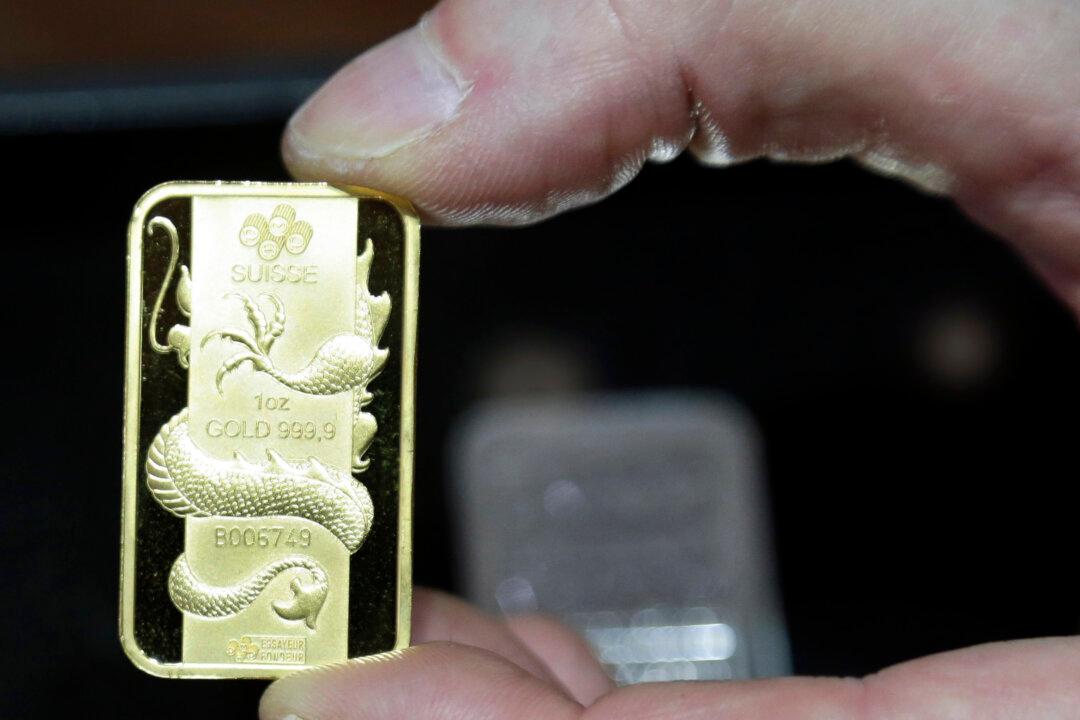Since Gold reached an all-time high of $1,923 in 2012 it is still down 33 percent in dollar terms. As global central banks started their easing efforts, gold now paints a much different picture in euros, yen and Canadian dollars.
“Gold is priced in dollars, so when a currency goes down against the dollar, there is an automatic reaction: Gold will go up in that currency,” explains Simon Mikhailovich of the Tocqueville Bullion Reserve Fund.
Let’s take the euro for example. After the European Central Bank (ECB) launched a quantitative easing program on January 22, it is now trading at levels not seen since 2003 ($1.12, down 7 percent this year).
source: tradingeconomics.com
Gold in euros, however, has rallied almost 30 percent, only 20 percent away from its all-time high of 2012. Mr. Mikhailovich thinks the move in currencies is based on relative confidence in different central banks. The Fed, which stopped its QE program, and the dollar have the upper hand at least for now.





